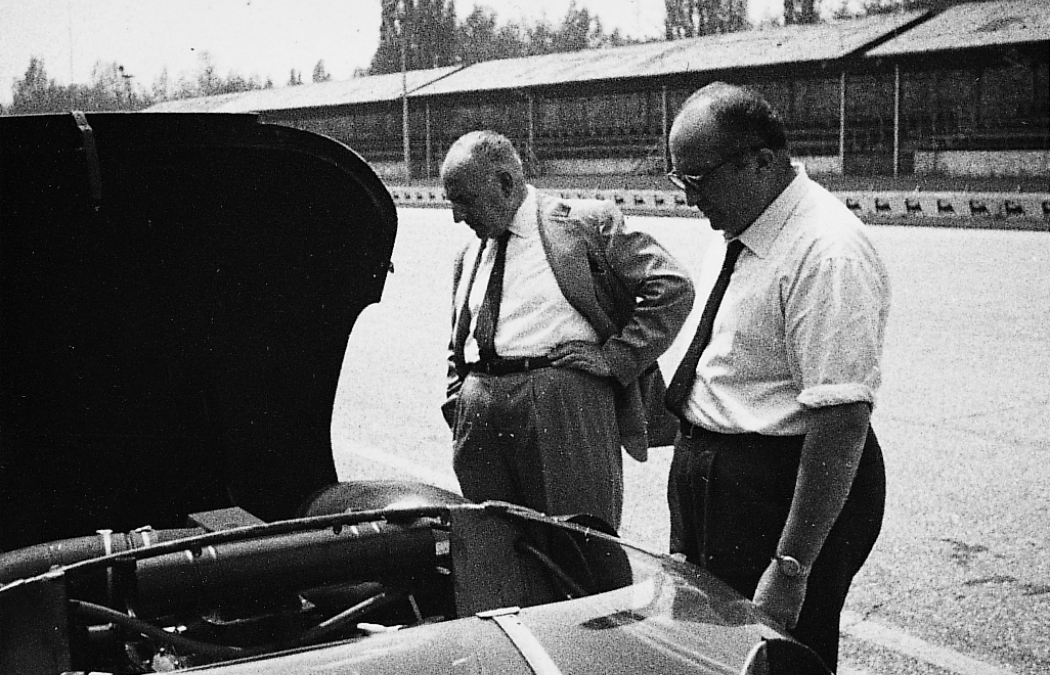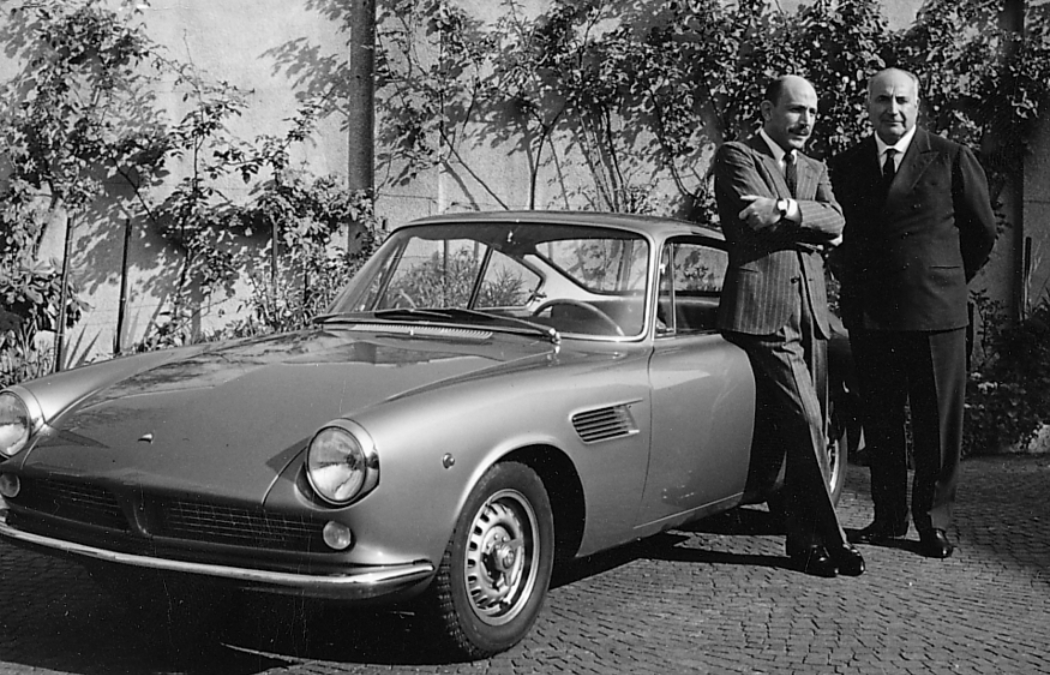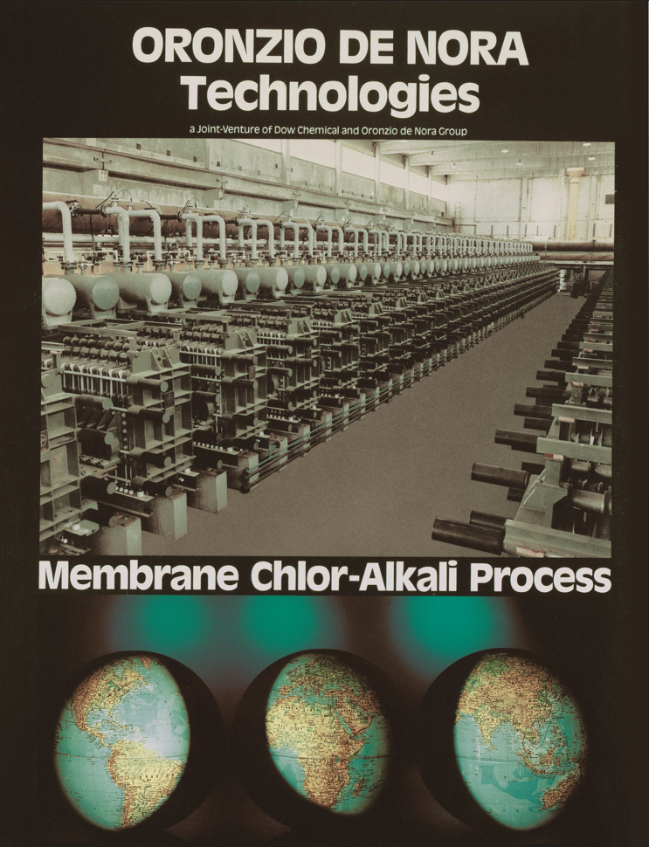
For about a decade, at the turn of the 1950s and 1960s, Oronzio De Nora worked on perfecting the mercury cathode cells, achieving unparalleled efficiency levels worldwide. Niccolò De Nora watched the company's industrial developments from the outside. He lacked neither the means nor the will to translate his passions into other entrepreneurial activities; one project that soon proved interesting concerns the possibility of building and marketing an exceptional automobile: the first small-capacity Ferrari.
In 1958, Enzo Ferrari developed a prototype car called the "Ferrarina": a sports car with a great engine and a feisty personality, yet small in size, suitable for city use. After the 1961 Turin Motor Show, Enzo Ferrari searched Italy and abroad for a possible manufacturer for his small-displacement prototype. Niccolò De Nora, who loved sports cars and was a good customer of Ferrari, presented a business plan proposal. From these premises, a plan was born in 1962 to form a company to buy the project and start mass production of the car. The new production company was called ASA, Autocostruzioni Società per Azioni. The small Ferrari project was exciting and innovative regarding engineering and business. However, ASA's industrial project failed to get off the ground. The ASA was a good car, but building small cars in small series was impossible. The car quickly became a cult object by owners and drivers who had the opportunity to drive it in races at Targa Florio, Le Mans, Nürburgring, Daytona and Sebring.









